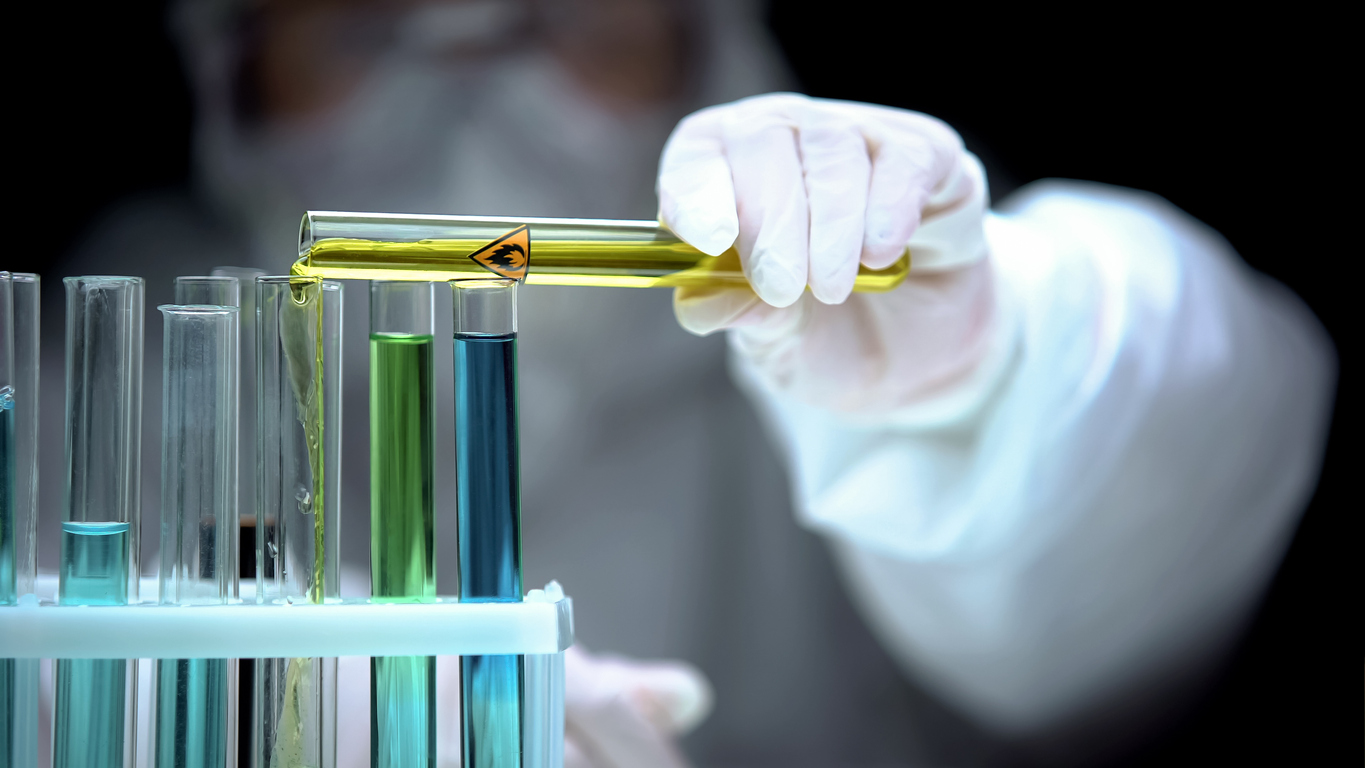Recently, FDA has posted (here) that Metformin, from several sources, tested by FDA showed that the levels of N-nitroso-dimethylamine (NDMA) in the drug are below the levels of detection (here). Great news! NDMA belongs to the nitrosamine family, and is one of the well-known animal carcinogens and a suspected human carcinogen. The nitrosamines, including NDMA, have come into public attention starting with their presence in the “sartans” and then was detected in ranitidine. It is truly the most unwelcome guest in the pharmaceutical industry, showing up in unexpected places, using resources and not showing any desire to leave.
Metformin is one of the most popular prescription drugs used in patients with type 2 diabetes. Recently, Metformin was suspected of being contaminated with NDMA, according to the testing results reported by international health authority laboratories. Based on this information, FDA developed and validated a sensitive liquid chromatography-high resolution mass spectrometry (LC-HRMS) method to determine the level of NDMA in Metformin drug products and drug substances (here). The limit of detection (LOD) and limit of quantitation (LOQ) of the method are 0.01 ppm and 0.03 ppm, respectively. Analysis of several lots of Metformin using this sensitive method did not show NDMA to be present above the limit of detection. FDA deserves praise for their proactive evaluation. The pharmaceutical industry sighed in relief knowing that they do not have another product contaminated with nitrosamines. However, we need to be cognizant of the fact that dimethyl amine (DMA), which is a precursor of NDMA, is used in the synthesis of Metformin. Thus, there is always a possibility of NDMA showing up in lots of Metformin. As the FDA has advised, both the industry and Agency needs to be vigilant about this.



